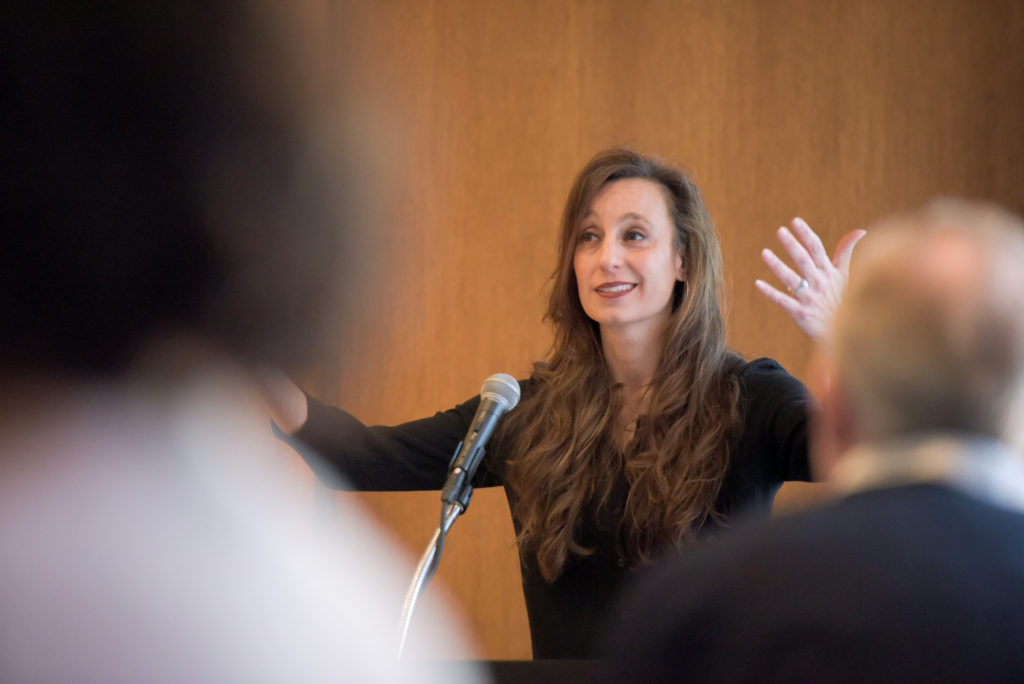Although they weren’t on the front lines, women in D.C. played a pivotal role in World War II.
Author and historian Cindy Gueli visited the Textile Museum Monday afternoon to explain how women played a role in the government and shaped the war efforts. Her new book, “Lipstick Brigade: The Untold True Story of Washington’s World War II Government Girls,” provided the basis for discussion at the event, which was planned to honor the museum’s newest exhibition, “Enduring Ideals: Rockwell, Roosevelt & the Four Freedoms,” which opened earlier this month.
While American accounts of World War II often focus on the soldiers who fought battles, Gueli said she sought to research the women who relocated to D.C. during World War II to work in the administrative government jobs.
“Government girls helped fight with typewriters,” Gueli said.
At the time, women moved to D.C. in large numbers after a “countrywide call” for women to fill government roles. Posters covered the walls in movies theaters, post offices and high schools, and recruiters swarmed math and economics college classrooms to urge women to move to the District, she said.
Widespread recruitment efforts led to what Gueli called a “chain migration” of women seeking out work in D.C. She said the women were typically single, in their early to mid-20s and earned between $1,440 and $1,800 per year. Gueli said the amount was not enough to rent a room alone, so many “government girls” lived together in boarding houses.
While communal living meant there were always other women to sightsee and attend cocktail parties with, the high concentration of working women in the District also caused difficulties. Gueli said “sit stands” were implemented on buses to fit more riders and long lines gained the attention of The Washington Post, which began publishing a column where readers could air grievances related to waiting.
As well as practical inconveniences, Gueli said women faced the scrutiny of critics who worried about single women in the workforce.
After the end of World War II, “government girls” could enter the private sector, while many women eligible for the G.I. Bill went back to school, she said. Some of these women even attended GW, Gueli said, which offered programs for female federal workers so that they could work part-time and study part-time at the University.
“Government girls” are not widely recognized in historical accounts today, but Gueli said these women helped shift perceptions of women who work.
Gueli added that the impact of government workers is often forgotten and overshadowed by more universally-known women who worked in places like factories and shipyards and are represented by cultural icon Rosie the Riveter.
“Government girls were an American archetype as well,” Gueli said. “They do not have a lunchbox, they do not have a poster for them.”




